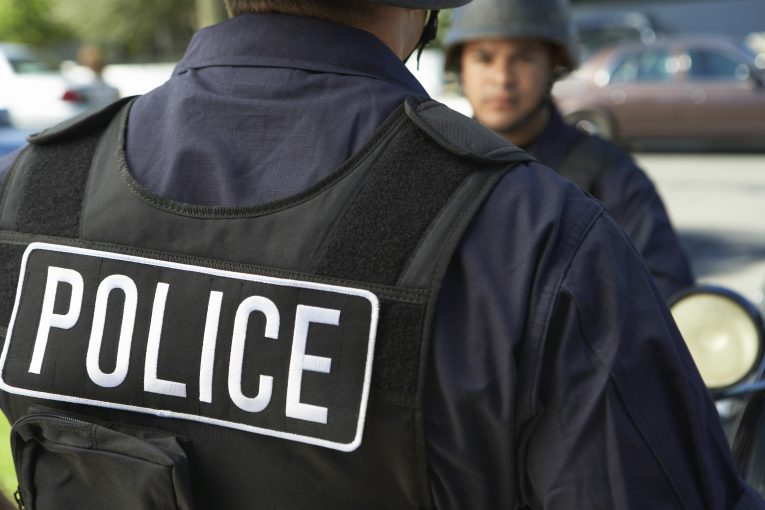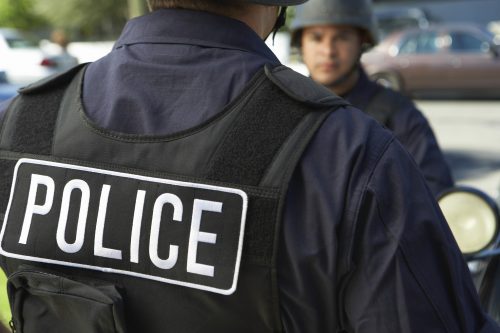

By Rena Abdusalam
OAKLAND, CA – California Attorney General Rob Bonta recently released a report on the death of an unhoused man, Luis Garcia-Arias, in an officer-involved shooting in Tustin, in Southern California, deciding to not press charges against the officer because they were “not appropriate.”
The report involves the Tustin Police Department (TPD) and provides an analysis of the DOJ’s findings of the incident, under state law requiring a CA Dept. of Justice (DOJ) investigation of all incidents of an officer-involved shooting resulting in death of an unarmed citizen.
“After a thorough investigation, the DOJ concluded that criminal charges were not appropriate in this case. However, DOJ recognizes the important lessons to be learned from this incident. As required by AB 1506, the Attorney General has issued specific policy and practice recommendations related to the incident,” stated the DOJ.
“AB 1506 is a critical transparency and accountability tool, and our hope for this report is to provide some understanding and aid in advancing towards a safer California for all,” said Attorney General Bonta.
“Loss of life is always a tragedy. We acknowledge that this particular incident posed challenges for all parties involved, including Mr. Garcia-Arias’ family, law enforcement, and the community as a whole,” continued the attorney general.
On Aug. 9, 2021, TPD officers responded to a call that Garcia-Arias, an unhoused man seen earlier wandering the neighborhood with a weapon, had returned and was in the bushes at the mobile home park, according to the DOJ.
Despite multiple exclamations from the man asking the police to not hurt him, the DOJ states that at around 10:16 a.m., Garcia-Arias was shot by an officer and died from his injuries in the hospital at 12:59 p.m.
“DOJ conducted a thorough investigation into this incident and concluded that the evidence does not show, beyond a reasonable doubt, that the officer involved acted without the intent to defend herself and others from what she reasonably believed to be imminent death or serious bodily injury,” stated the department.
The DOJ stated it believes that there is “insufficient evidence to support a criminal prosecution of the officer” and that “no further action will be taken in this case,” but noted, “As part of its investigation, DOJ has identified several policy recommendations that it believes will help prevent similar incidents from occurring in the future.”
According to the report, the DOJ’s recommendations include enhancing de-escalation and officer training and tactics, adhering to body worn camera police, and improving communication among officers involved in or witness to an officer-involved shooting.
“TPD policy and training should ensure that officers not just consider but be required to develop a tactical plan prior to engaging a subject, unless developing a plan is not feasible under the circumstances. TPD should then require officers to document why a plan was unfeasible if one was not developed,” stated the DOJ.
“If not already included, officer training should include officer positioning when contacting a subject, the use of a cover officer, use of an electronic control device (ECW) officer, and training on what can and should occur in the event of ECW failure,” said the DOJ.
Regarding the policy of body worn cameras, the DOJ encourages “TPD to ensure that personnel adhere to TPD policy and that their devices are in good working order before entering service.”
The department also “recommends that TPD include a contingency plan for how officers should proceed when they realize their BWC equipment may malfunction in the field.”
The DOJ also advised the “TPD ensures that its policies are being followed with regard to sequestering the officers and urges the department to always separate shooting and/or witness officers after an incident.”
The report can be found here.